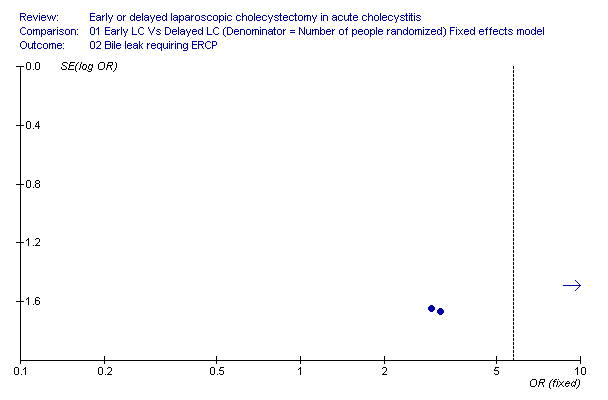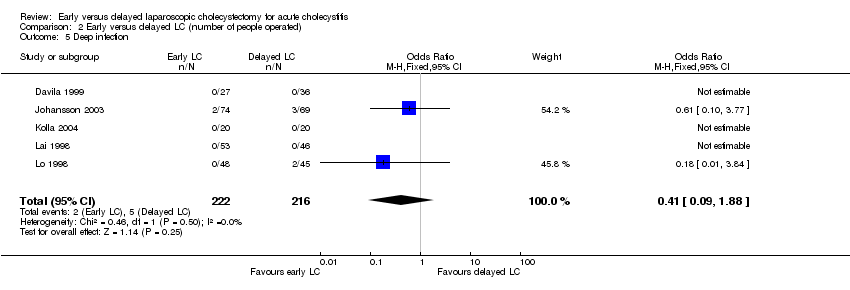Contenido relacionado
Revisiones y protocolos relacionados
Kurinchi Selvan Gurusamy, Christopher Davidson, Christian Gluud, Brian R Davidson | 30 junio 2013
Kurinchi Selvan Gurusamy, Rahul Koti, Giuseppe Fusai, Brian R Davidson | 30 junio 2013
Kurinchi Selvan Gurusamy, Michele Rossi, Brian R Davidson | 12 agosto 2013
Nereo Vettoretto, Alberto Arezzo, Federico Famiglietti, Roberto Cirocchi, Lorenzo Moja, Mario Morino | 11 abril 2018
Frederik Keus, Jeroen de Jong, H G Gooszen, C JHM Laarhoven | 18 octubre 2006
Kurinchi Selvan Gurusamy, Jessica Vaughan, Michele Rossi, Brian R Davidson | 20 febrero 2014
Kurinchi Selvan Gurusamy, Jessica Vaughan, Clare D Toon, Brian R Davidson | 28 marzo 2014
Jessica Vaughan, Kurinchi Selvan Gurusamy, Brian R Davidson | 31 julio 2013
Frederik Keus, Jeroen de Jong, Hein G Gooszen, CHJM van Laarhoven | 18 octubre 2006
Kurinchi Selvan Gurusamy, Rahul Koti, Brian R Davidson | 31 agosto 2013

















































